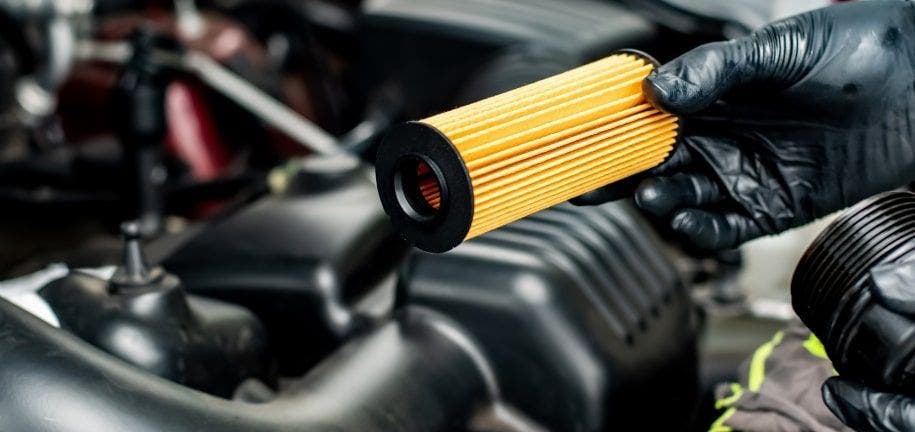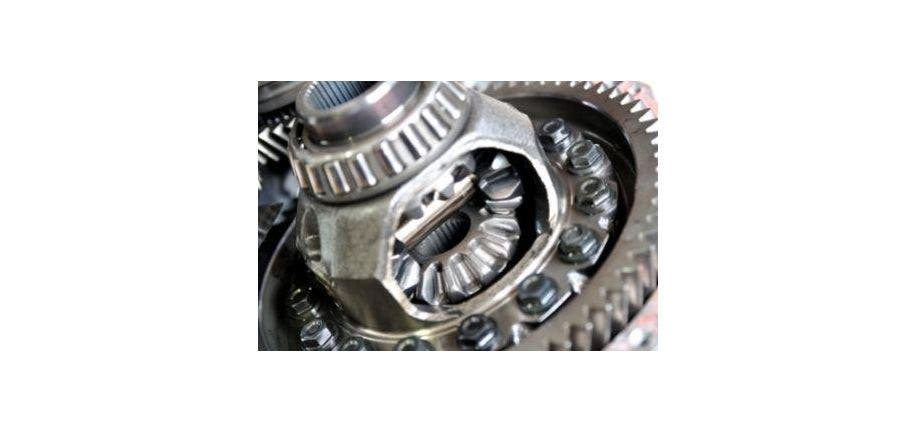Installing an AC compressor in your car, truck, or SUV is a complex task that requires technical knowledge and the right tools. If you're not comfortable with automotive repairs, it's recommended to seek professional assistance from a qualified mechanic. However, if you have experience and are confident in your abilities, here's a general guide on how to install an AC compressor:
Tools and Materials You'll Need:


Here's a list of the tools you'll need for this installation.
- New AC Compressor: Make sure it's the correct compressor for your vehicle's make and model.
- Refrigerant Recovery Machine: To safely recover and store the refrigerant from the old compressor.
- Wrenches and Sockets: You'll need these to remove and attach components.
- Torque Wrench: Essential for properly tightening bolts and fittings.
- AC Manifold Gauge Set: To monitor system pressure.
- O-Ring Kit: For replacing O-rings and gaskets.
- PAG Oil: Compressor lubricant.
- Safety Gear: Gloves and safety glasses to protect yourself from refrigerant and oil.
Step-by-Step Installation
Please note that this is a general overview, and specific steps may vary depending on your vehicle's make and model. Always refer to your vehicle's service manual for detailed instructions.
Step 1: Safety Precautions
Ensure the vehicle is parked on a level surface, the engine is off, and the parking brake is engaged.
Disconnect the negative terminal of the vehicle's battery to prevent any electrical mishaps during the installation.
Step 2: Remove Refrigerant
Use a refrigerant recovery machine to safely remove and store the refrigerant from the old AC compressor. Follow all safety guidelines and regulations regarding refrigerant handling.
Step 3: Remove the Old AC Compressor
Locate the old AC compressor, typically found near the engine.
Use wrenches and sockets to remove the bolts securing the compressor and associated components. Keep track of the bolts and components for reassembly.
Step 4: Drain and Measure Oil
Drain the oil from the old compressor and measure it. This will help you determine how much PAG oil to add to the new compressor. Dispose of the old oil properly.
Step 5: Install the New AC Compressor
Attach the new AC compressor, ensuring it's properly aligned and securely fastened with the correct torque specifications.
Replace O-rings and gaskets as necessary.
Step 6: Add PAG Oil
Pour the measured amount of PAG oil into the new compressor.
Step 7: Reassemble Components
Reattach any components, hoses, and brackets that were removed during the process.
Step 8: Recharge the System
Use the AC manifold gauge set to recharge the AC system with the recovered refrigerant.
Ensure the system is pressurized to the correct specifications.
Step 9: Check for Leaks
After recharging, check for any refrigerant leaks using a leak detection kit or UV dye.
Step 10: Test the AC
Start the vehicle and test the AC system to ensure it's blowing cold air.
Wrap Up
Installing a new AC compressor is a complex task that requires precision and adherence to safety guidelines. If you're not experienced with automotive repairs, it's advisable to have a professional mechanic handle this job. A properly functioning AC system not only provides comfort but also enhances the overall driving experience.
Ready to upgrade your vehicle or make essential repairs? Head over to Partshawk now and explore our wide range of high-quality automotive parts. Don't wait – give your vehicle the care it deserves! Click here to shop now.
























































